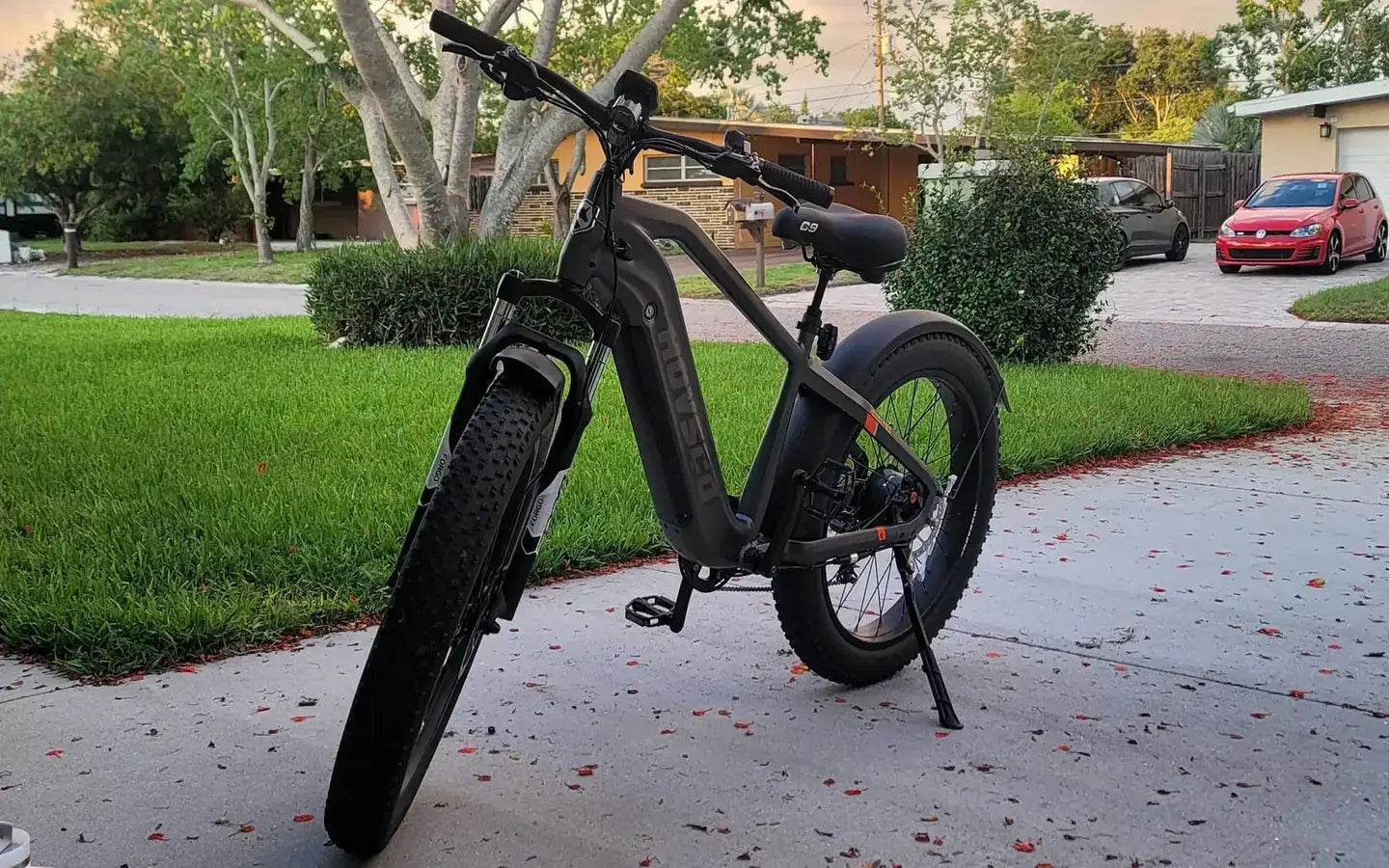
- by LiuJiazhu
How Do Electric Cruiser Bikes Enhance Eco-Friendly Commuting?
- by LiuJiazhu
Electric cruiser bikes enhance eco-friendly commuting by producing zero emissions, reducing urban air pollution, and lowering carbon footprints. Their energy-efficient motors and rechargeable batteries replace car trips, cutting fossil fuel reliance. With sustainable materials and longer lifespans than traditional bikes, e-cruisers offer a practical, green alternative for short-distance travel while easing traffic congestion and promoting cleaner cities.
Electric cruiser bikes slash carbon emissions by replacing gas-powered car trips with zero-tailpipe travel. Their lithium-ion batteries and efficient motors consume far less energy per mile than cars, and when charged with renewables, their environmental impact drops to near-zero. Even grid-powered e-bikes emit 90% less CO₂ per mile than average sedans.
Electric cruisers emit 22 grams of CO₂ per mile when using standard grid electricity, compared to 411 grams for gasoline cars. Practically speaking, riding 10 miles daily on an e-bike instead of driving cuts annual emissions by 1.3 tons—equivalent to planting 21 trees. Pro tip: Charge during off-peak hours or use solar panels to maximize eco-benefits. But what if all urban commuters switched to e-cruisers? Cities like Amsterdam reduced transport emissions by 30% through e-bike incentives. Transitionally, while e-bikes aren’t 100% emission-free, their lifecycle carbon footprint is 14x lower than EVs. For context, a single e-bike battery charge uses the energy equivalent of brewing 12 cups of coffee, making it a hyper-efficient choice.
| Factor | E-Cruiser Bike | Gasoline Car |
|---|---|---|
| CO₂ per mile | 22g | 411g |
| Energy Source | Electricity/Renewables | Fossil Fuels |
| Lifetime Emissions | ~0.5 tons | ~57 tons |
E-cruisers use 98% less energy per mile than cars due to lightweight frames and direct-drive motors. While cars waste 80% of fuel energy as heat, e-bike motors convert 85% of electricity into motion. Regenerative braking systems in premium models recover 10-15% of energy during stops.
A typical e-cruiser consumes 100-150 watt-hours per mile—equal to a 60-watt lightbulb running for two hours. Comparatively, even electric cars use 250-300 watt-hours per mile. Pro tip: Keep tires inflated to 50 PSI and avoid excessive cargo to maintain peak efficiency. Imagine an e-bike as a Tesla Model 3 shrunk to bicycle size: it’d travel 1,800 miles on the energy the car uses for 300. Beyond speed, e-cruisers excel in stop-and-go traffic where cars burn fuel idling. Transitionally, cities like Copenhagen found e-bikes reduced total transport energy use by 12% in five years. But how does this scale? If 15% of car commuters switched to e-bikes, the U.S. would save 6 billion gallons of gasoline annually. This efficiency stems from physics: moving a 250-pound e-bike/rider combo requires 30x less energy than a 4,000-pound sedan.
Yes—60% of car trips are under 6 miles, a perfect range for e-cruisers. With 20-50 mile ranges and 20 mph speeds, they handle errands, school runs, and work commutes while avoiding parking fees and traffic. Over 35% of U.S. e-bike owners report driving less after purchase.
E-cruisers thrive in cities where 30% of congestion stems from short car trips. For example, Portland’s e-bike share program reduced downtown car traffic by 18% in two years. Pro tip: Use panniers or cargo racks instead of car trunks for groceries. But what about weather? Modern e-cruisers have waterproof batteries and puncture-resistant tires for year-round use. Transitionally, employers offering e-bike subsidies see 23% higher commuter adoption than those with EV incentives. Compared to cars, e-bikes cost $0.05/mile versus $0.60/mile for fuel and maintenance. Imagine replacing a 5-mile daily drive: you’d save $500/year while preventing 1.2 tons of CO₂ emissions. However, infrastructure matters—cities with protected bike lanes see 2-3x higher e-bike adoption.
| Metric | E-Cruiser Bike | Car |
|---|---|---|
| Cost per Mile | $0.05 | $0.60 |
| Parking Cost/Month | $0 | $50-$300 |
| Avg. Commute Time (3 miles) | 12-15 mins | 18-25 mins |
Yes—they emit 90% less CO₂ than cars per mile and use batteries with 500-1,000 charge cycles. When charged with renewables, their carbon footprint nears zero.
How much can I reduce my carbon footprint with an e-cruiser?Commuting 10 miles daily saves 1.3 tons of CO₂ annually—equal to not burning 1,400 pounds of coal.
What’s the lifespan of an e-bike battery?3-5 years or 15,000-25,000 miles. Use partial charges (20-80%) and avoid full discharges to extend lifespan by 30%.
Do e-cruisers use renewable energy?They can! Pair with home solar systems—a 300-watt panel fully charges a standard e-bike battery in 2-3 sunny hours.
Share:
What Electric Bikes Safely Accommodate Toddlers For Daily Commuting?
What Makes the Jetson Electric Bike a Popular Choice for Urban Commuters?